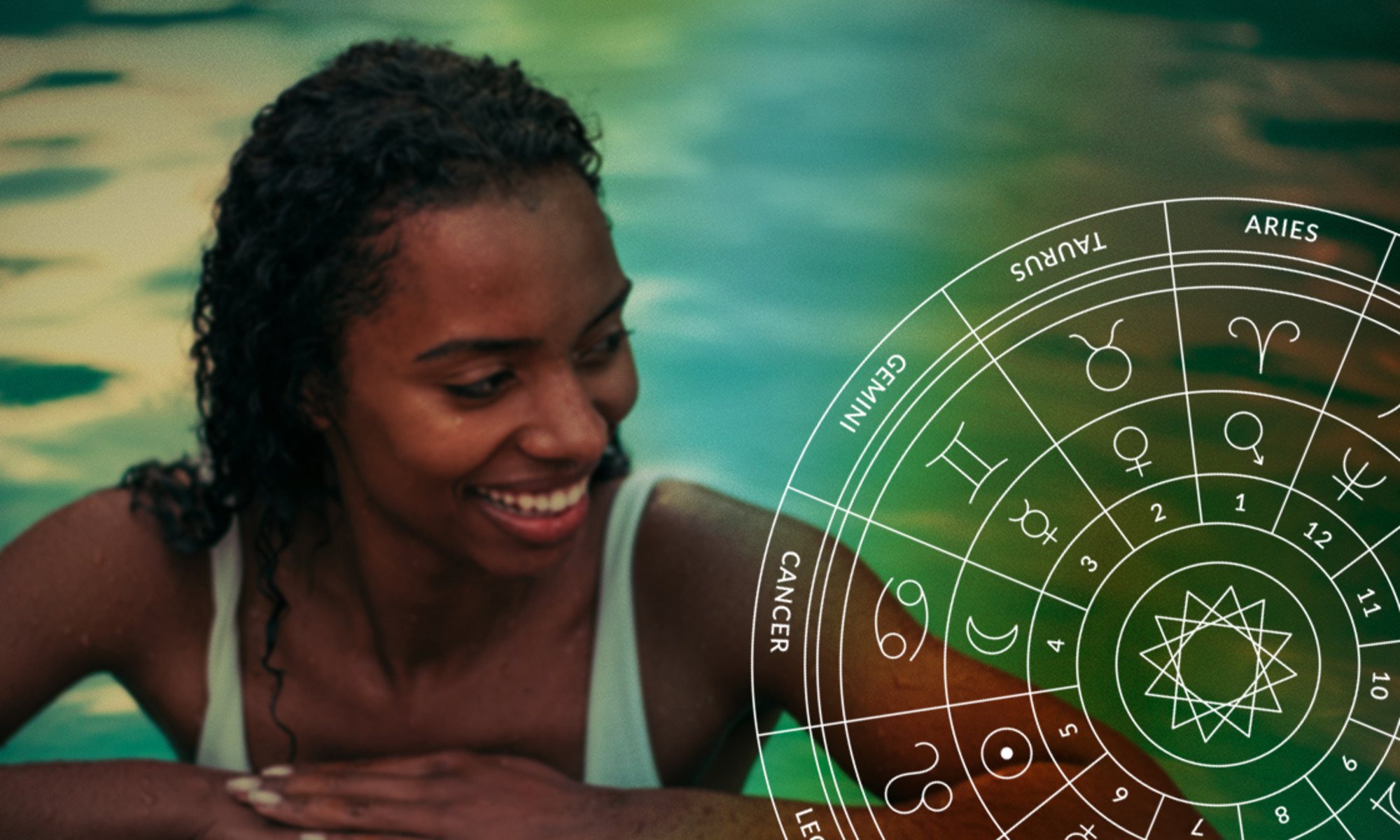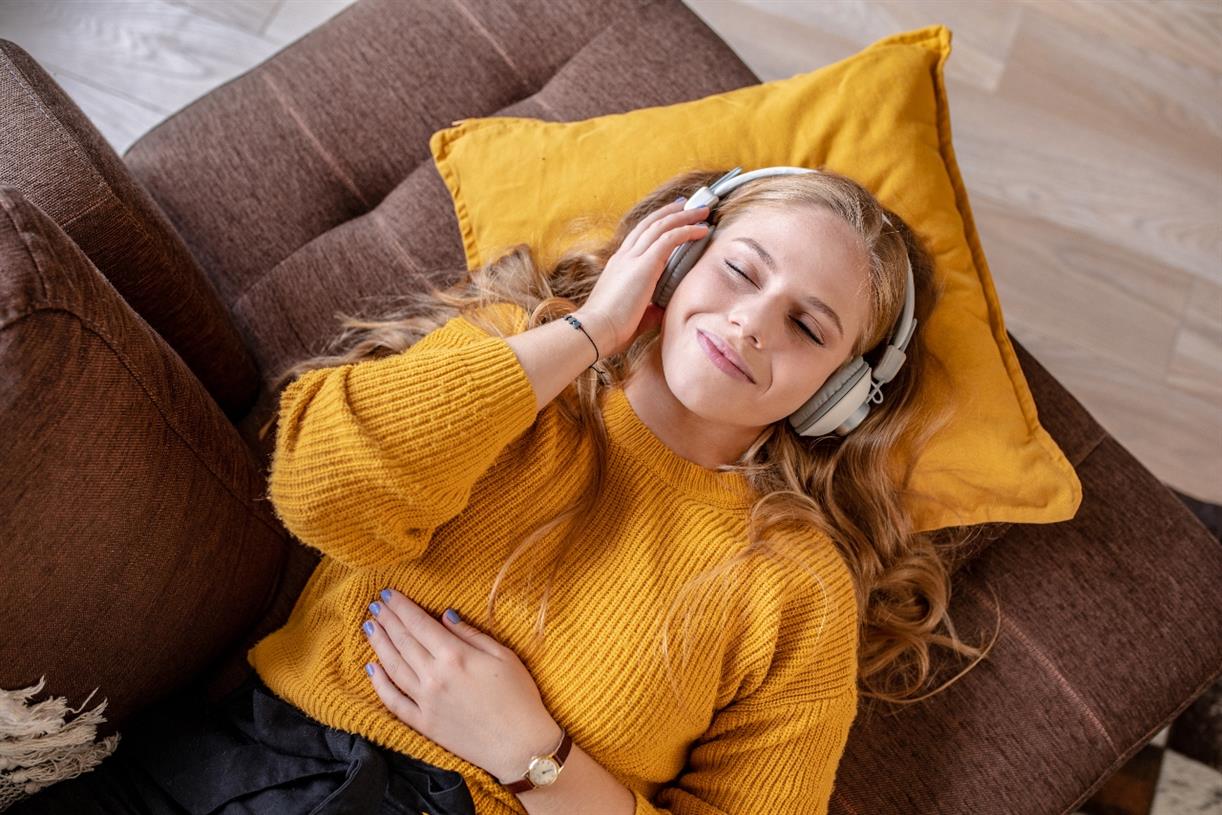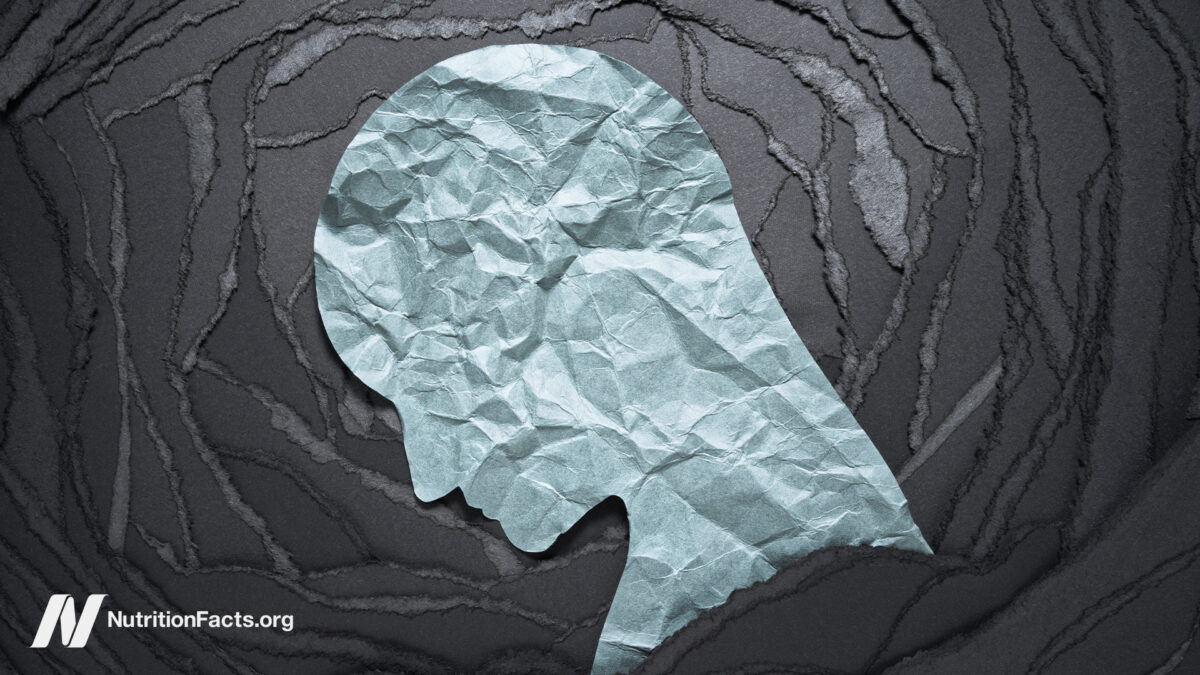All My Favorite Running Gear to Use on Race Day
You do not have to chafe anymore. We have the technology.


Credit: Graphic: Bob-Al Greene / Images: Amazon
This is the second season of Training Diaries, a Lifehacker series about my journey to the 2024 Philadelphia Marathon. This series will cover all the ups, downs, and hill repeats leading up to race day on Sunday, Nov. 24. I’ll go over proper fueling, injuries and setbacks, treadmill tips, wardrobe malfunctions, long run logic, and just generally reflect on what it takes to cross a marathon finish line.
When it comes to what I wear to run, I have to confess: I still don my old high school club shirts. And they work fine for me. Plus, one of the perks of running races is all the "complimentary" shirts and shorts you collect over the years. If you want to splurge on technical running shirts, be my guest. But if you really want enhance your running experience, there are much savvier ways to invest in gear.
If you’ve never run a marathon before, you’ll be surprised to find how much gear can affect your mood during the race. I consider myself a pretty chill person, but a too-tight hat, or too-lose earbuds, or itchy sock will turn even the chillest amongst us into whiny monsters by mile 20 or so. As someone who hates spending money, and would honestly run naked if possible, here are the running gear must-haves I've garnered over the course of six marathons.
Running shoes
I would trade all my other shoes for a good pair of sneakers. Lifehacker's senior health editor Beth Skwarecki recently published a guide to choosing the perfect pair of running shoes—be sure to check that out.
Now, I'm as simple and lazy of a marathon runner as you can be. My shoes match that vibe—I opt for neutral shoes with moderate cushioning; nothing too flashy. Asics Novablast, Saucony Endorphin, Nike Pegasus, Brooks Ghost are all good examples, with the Ghost being my most reliable go-to. I personally replace my running shoes every 500 miles to prevent injury, but here's the full story on the real lifespan of running shoes here.
Running belt
The two big names in running belts are the minimalist SPIbelt and the maximalist Flipbelt. The SPIbelt (“small personal item belt”) is perfect for the low-key runner who only needs to hold their phone or their keys. While I wouldn't go as far as calling myself a maximalist runner, I prefer Flipbelts for a much simpler reason: Everything stays in place while you run. I tuck my energy gels, keys, phone, even some tissues in my Flipbelt, and it all stays snug on my person during my run—no bouncing up and down while you go.
Anti-chafing sticks
If you know, you know. This Body Glide anti-chafing stick works like a charm for just $8.99. Just one palm-sized stick has lasted longer than a full training cycle of long runs.
Energy gels
I've written before about what to eat before and during your long runs, which plays a critical role in how you recover—check out those tips here. My preference in gels is aptly named "Gu." A 24-pack of Gu runs me about $38.49. Other runners swear by Gatorade chews, Snickers bars, or even some loose dates in a Ziploc bag. Again, you need to strategize and experiment with what works best for your body.
And if you're interested in how my weekly gels are hitting, check out my Gu Review stories on my Instagram.
Compression socks
Whether or not it's a placebo, I swear by compression socks during my longer runs and recovery stretching. Even if their muscle soreness superpowers are overhyped, they're comfortable and feel good in the moment. I've had great experiences with these CEP women's tall socks for $59.95. The strategically placed cushioning and arch support provide an extra level of comfort on my feet. And as you progress through your marathon training, mastering the art of recovery will become just as crucial as nailing your long runs.
Water bottle
Staying hydrated is no joke, but I used to treat it like one. Up until a few years ago, I re-used different old crinkled-up plastic water bottles to "save money." Investing in water bottle designed for long runs was a game changer, and this Nathan Running Handheld Water Bottle gets the job done for $24.99. Mine has lasted me multiple training cycles and runs in the dishwasher.
The adjustable straps keep it secure and stable. The ideal handheld water bottle is one you forget you're holding, and this one delivers. I have my eyes on some bigger hydration packs for my next training cycle (looking at this CamelBak vest for $32). But for now, I'm lucky to run in a city where I can refill a smaller water bottle as I go.
The bottom line
These are the core pieces of gear that I rely on, whether I'm logging miles during the week or lining up at the starting line. Your equipment makes a big difference, but it doesn't happen overnight—everything I listed above is what I landed on after years of trail and error. Think of your gear less as "shopping sprees" and more as investments in your running career. And remember: Follow the “nothing new on race day” rule so the only surprises you get are how good those cheers from the crowd feel at the finish line.

Meredith Dietz
Senior Finance Writer
Meredith Dietz is Lifehacker’s Senior Finance Writer. She earned her bachelor’s degree in English and Communications from Northeastern University, where she graduated as valedictorian of her college. She grew up waitressing in her family restaurant in Wilmington, DE and worked at Hasbro Games, where she wrote rules for new games. Previously, she worked in the non-profit space as a Leadership Resident with the Harpswell Foundation in Phnom Penh, Cambodia; later, she was a travel coordinator for a study abroad program that traced the rise of fascist propaganda across Western Europe.
Since then, Meredith has been driven to make personal finance accessible and address taboos of talking openly about money, including debt, investing, and saving for retirement. Outside of finance writing, Meredith is a marathon runner and stand-up comedian who has been a regular contributor to The Onion and Reductress. Meredith lives in Brooklyn, NY.

 MikeTyes
MikeTyes 


































